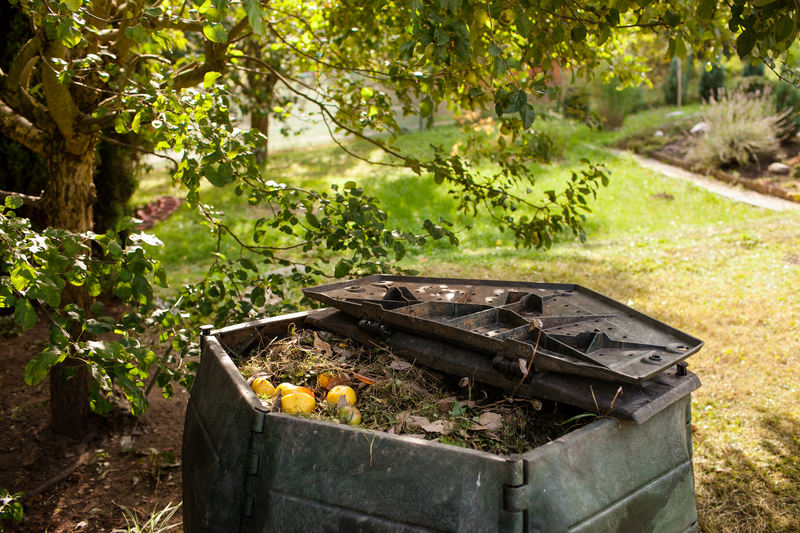In our ever-evolving world, the intricate dance between human activity and the natural environment becomes more pronounced with each passing decade. One of the most pressing concerns in this realm is the waste disposal system and its catastrophic effects on nature. In this article, we will delve into the harmful relationship between waste disposal and the environment, offering comprehensive insights, potential solutions, and the urgent need for action.
The Current State of Waste Disposal
Humans generate a staggering amount of waste each year. According to recent statistics, global solid waste is projected to grow by 70% over the next 30 years, reaching 3.4 billion metric tons. Yet, the real issue lies in how we manage and dispose of this waste.
Types of Waste and Their Impact
- Municipal Solid Waste (MSW): This includes household waste such as plastics, paper, food scraps, and more. Improper disposal leads to landfill overload, promoting methane emissions, a potent greenhouse gas.
- Industrial Waste: Toxic chemicals and hazardous materials that, when mishandled, pollute the air, water, and soil. This type of waste has lasting negative consequences on ecosystem health.
- Electronic Waste (E-Waste): As technology evolves rapidly, discarded electronics introduce heavy metals like lead and mercury into nature, wreaking havoc on wildlife and human health.
Waste Disposal Methods: A Double-Edged Sword
While we have developed various methods to handle waste, each comes with its own set of challenges and impacts on the natural world.
- Landfills: These are the most common waste disposal sites. Unfortunately, they are a significant source of greenhouse gases, leachate, and other pollutants.
- Incineration: Burning waste reduces its volume, but releases harmful toxins into the atmosphere, contributing to air pollution.
- Recycling: Although beneficial, not all waste can be recycled. Moreover, the process itself consumes energy and resources.
- Composting: This eco-friendly alternative requires education and participation to effectively decrease organic waste.

The Invisible Threat: Microplastics and Marine Life
Microplastics, minute particles of plastic waste, have seeped into every corner of the globe. Studies have found tiny plastic particles in oceans, rivers, and even the air we breathe.
Impact on Marine Ecosystems
Marine organisms, from the smallest plankton to the largest whales, experience the adverse effects of plastic pollution. Animals either mistake it for food or become entangled, leading to injury or death. Additionally, the breakdown of plastics can introduce toxic chemicals into the water, disrupting the delicate balance of marine ecosystems.
The Circle of Life Affected
When marine animals ingest plastics, the toxins can move up the food chain, affecting larger predators, including humans. This continuous cycle further complicates the relationship between waste disposal and the environment.
Strategies for Mitigating the Damage
To address these critical issues, a multi-pronged approach is required that involves individuals, corporations, and governments worldwide.
Improved Waste Management Systems
- Enhanced Recycling Techniques: Advancements in recycling technology can increase the types and quantities of materials that can be processed and reused.
- Smart Waste Management: Utilizing tech solutions, like AI and IoT, can optimize waste collection and processing, reducing environmental impact.
Sustainable Consumption
Consumers play a pivotal role in reducing waste production. By embracing sustainable products, reducing single-use items, and advocating for corporate responsibility, individuals can drive change.
Government Policies and Regulations
- Stricter Regulations: Governments should enforce policies that restrict the production and disposal of certain harmful materials.
- Incentives for Green Practices: Providing tax breaks or subsidies for companies that adopt eco-friendly practices can encourage industry-wide shifts.

The Importance of Education and Awareness
Education is a crucial tool in combating the hazardous relationship between waste disposal and the environment. Raising awareness through community programs, schools, and media can empower society to adopt eco-conscious habits. The more informed individuals are, the better they can make choices that contribute to preserving our planet.
Educational Efforts at Various Levels
- School Programs: Incorporating environmental education into school curricula helps foster early awareness among children.
- Community Initiatives: Workshops and seminars can educate local communities on the impacts of waste and how to implement sustainable practices.
- Corporate Training: Encouraging businesses to educate their workforce on sustainable practices can have widespread positive effects.
Conclusion: A Call to Action
The undeniable relationship between waste disposal and nature requires immediate attention and action. As we continue to explore advancements in waste management and sustainable living, the combined efforts of individuals, businesses, and governments are essential in mitigating adverse effects. By understanding the breadth of this issue and implementing effective strategies, we can protect and restore the delicate balance of nature, ensuring a flourishing planet for future generations. Let's take the necessary steps today to safeguard our mutual home -- for nature's sake and ours.